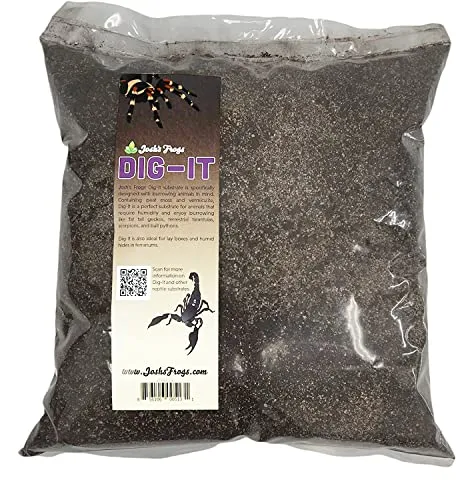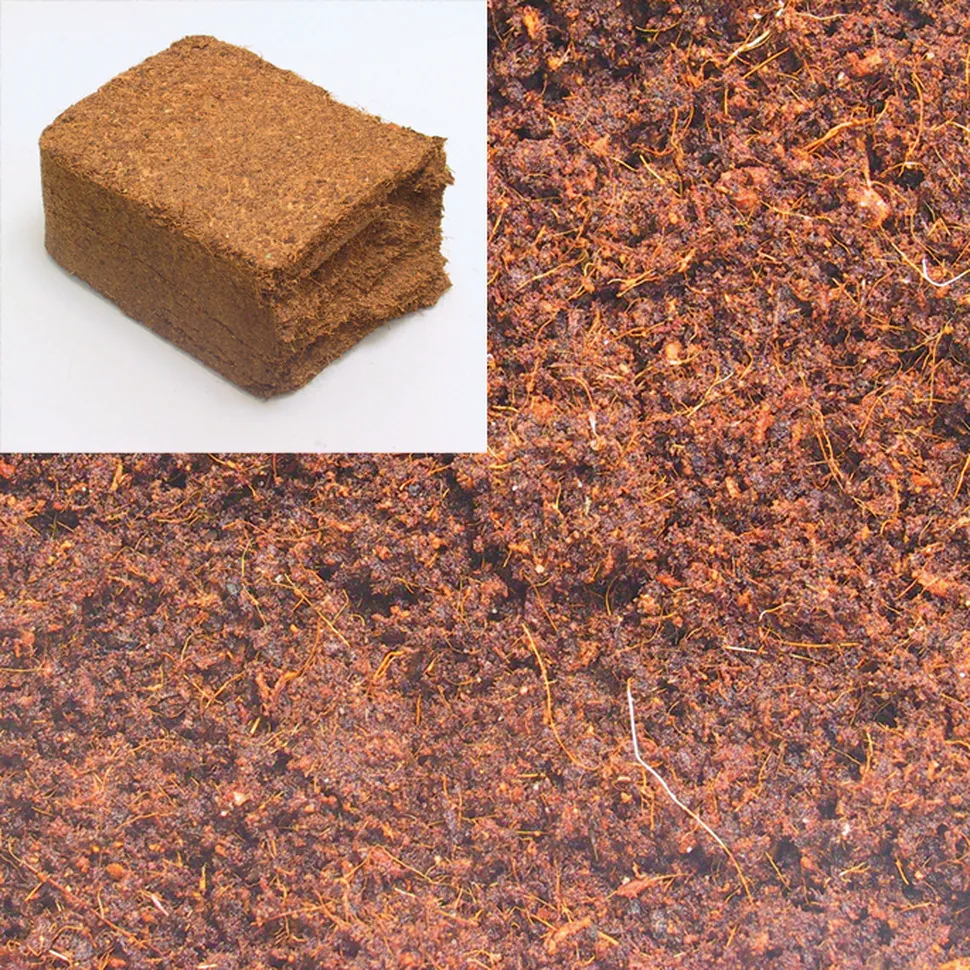Understanding Tarantula Substrate
Tarantula substrate is the material that forms the bedding or floor covering in your tarantula’s enclosure. It’s not just about aesthetics; the substrate plays a crucial role in your tarantula’s well-being. It provides a comfortable and secure environment, allows for burrowing (important for many species), regulates humidity, and helps with waste management. The right substrate can significantly impact your pet tarantula’s health and happiness. Choosing the right substrate and understanding how it functions are fundamental to successful tarantula keeping. Different tarantula species have different needs, so the ideal substrate will vary. Consider the species’ natural habitat to mimic its needs as closely as possible. Common substrates include coconut fiber, peat moss, vermiculite, and a mix of these.
Why Substrate Changes Are Important
Regular substrate changes are essential for maintaining a healthy environment for your tarantula. Over time, the substrate accumulates waste, uneaten food, and other debris. This buildup can lead to the growth of harmful bacteria, mold, and mites, which can be detrimental to your tarantula’s health. A clean substrate also helps in odor control, keeping your living space fresher. Moreover, the substrate’s ability to absorb moisture diminishes over time, affecting the humidity levels in the enclosure, which are critical for successful molting and overall well-being. Regular changes also allow you to inspect the enclosure for any signs of illness or parasites. Neglecting substrate changes can lead to various health issues for your tarantula, so it is vital to establish a consistent care routine.
The Top 5 Reasons to Change Tarantula Substrate

Substrate changes are vital for maintaining a healthy habitat. Here are the top five reasons why:
- Waste Accumulation: Tarantulas produce waste, and uneaten food decomposes, creating a breeding ground for bacteria and foul odors.
- Mold and Mite Control: The substrate can harbor mold and mites, which can harm your tarantula. Regular changes prevent these infestations.
- Humidity Regulation: Substrate absorbs moisture to maintain the correct humidity levels, but its effectiveness decreases over time.
- Odor Management: A clean substrate helps control odors from waste and decomposing food, keeping your living space more pleasant.
- Health Inspection: Changing the substrate provides an opportunity to inspect the enclosure for health issues or parasite infestations.
Optimal Substrate Change Frequency
The frequency of substrate changes depends on several factors, including the species of tarantula, the size of the enclosure, and the type of substrate used. However, as a general guideline, most tarantula keepers change the substrate every 3 to 6 months. For smaller enclosures or species that produce more waste, more frequent changes may be necessary. For instance, a juvenile tarantula in a small enclosure might need substrate changes every 2-3 months. On the other hand, larger, more mature tarantulas in spacious enclosures might do well with changes every 6 months. Regularly inspecting the substrate for signs of waste buildup, mold, or excessive moisture is key to determining the appropriate schedule for your specific pet. Always prioritize the health and hygiene of your tarantula’s habitat.
Factors Influencing Substrate Changes
Several factors can influence how often you need to change your tarantula’s substrate. These include the tarantula species, its size, the size of the enclosure, the substrate type, and the overall hygiene practices. Some species, like those from humid environments, may require more frequent changes due to higher moisture levels. Larger tarantulas and enclosures might need less frequent changes compared to smaller ones. Substrates like coconut fiber tend to break down faster than others, potentially requiring more frequent changes. Keeping a close eye on the enclosure, looking for signs of waste, mold, or excessive moisture, is the best way to determine the ideal substrate change schedule. Consider your tarantula’s specific needs and the conditions within its enclosure when setting your maintenance routine.
How to Recognize When to Change Substrate

Knowing when to change the substrate involves careful observation of your tarantula’s enclosure. Several indicators will tell you when it’s time for a change. The presence of excessive waste, such as uneaten food and feces, is a clear sign. If you notice mold growth, it’s time for immediate action, as mold can be very harmful. Unpleasant odors emanating from the enclosure also signal that the substrate needs changing. Changes in humidity levels, such as the substrate becoming overly dry or excessively moist, are another factor to consider. During routine inspections, if you find the substrate compacted or showing signs of degradation, it’s time for a refresh. Regularly monitor your tarantula’s enclosure for these telltale signs and adjust your substrate change schedule accordingly to maintain a healthy environment.
Step-by-Step Guide to Changing Tarantula Substrate
Changing your tarantula’s substrate should be a simple and safe process. Firstly, gather the necessary supplies, including a new substrate, a container for the tarantula (if needed), gloves, and any tools for removing the old substrate. Carefully remove any decorations or hides from the enclosure and place them aside. If your tarantula is in a burrow, you may need to gently encourage it to move to another container while you clean the enclosure. Using a scoop or trowel, carefully remove the old substrate, being mindful of any hidden waste or debris. Clean the enclosure thoroughly with warm water, ensuring no soap residue remains. Once dry, add the new substrate to the enclosure, ensuring it is at the appropriate depth. Replace the decorations and hides, and then carefully reintroduce your tarantula back to its refreshed habitat. Remember to wash your hands thoroughly after handling the substrate or the tarantula.
